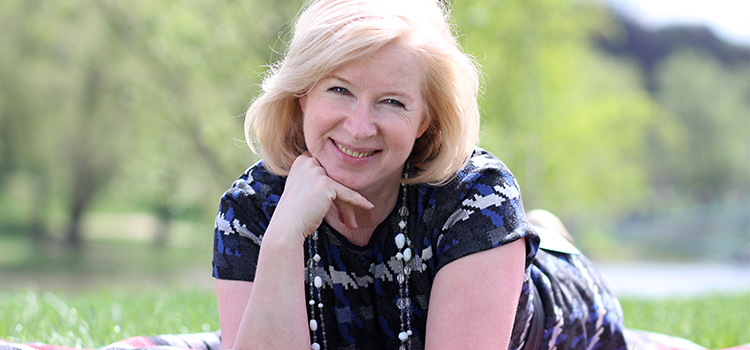Our faces and necks are usually first to show signs of aging. For this reason, many men and women consider a facelift to help refresh and rejuvenate these areas. Listed below, we’ve addressed some of our most frequently asked questions regarding the facelift procedure.
How long is the recovery time?
When healing from surgery, your body needs 9-12 months to completely restore itself and reveal the final results of your facelift – though you can expect to look and feel good long before the healing process is complete.
When can I go out without obvious signs of surgery?
Typically, there are two visible signs of surgery: bruising and swelling, which can vary from one patient to another. It typically takes 1-2 weeks for your bruising and swelling to be undetectable. And while some patients may take a little longer, the vast majority of patients can get back out in public within two weeks. That said, there may still be swelling that can be felt – but not seen – that may take several weeks or even months to resolve.
How much time should I take off of work?
Most patients do best if they can take 1-2 weeks off from work and other activities to recover after a facelift procedure, as the first week or two will present some initial bruising and swelling which simply take time to improve. Your recovery could take a bit longer if you are also including procedures like a browlift or eyelid surgery at the same time to complement the results of a facelift.
How much does a facelift cost?
Generally, facelifts range from $6,000-$15,000, though cost should not be your sole deciding factor. The experience of your surgeon, their facelift results as viewed in before and after photos, and the satisfaction of their patients based on testimonials and reviews should also be seriously taken into consideration. At Youthful Reflections, we try to make facial rejuvenation procedures more affordable – ranging from $7,000-$10,000 depending on the complexity of the procedure and the type of anesthesia used – by performing our procedures in an office-based setting using light sedation and local anesthesia.
What kind of anesthetic will be used?
A facelift can be performed without the use of general anesthesia. There are two very safe conscious sedation alternatives: oral sedation and IV sedation. These sedation techniques are performed in combination with local anesthesia to make the patient comfortable during their procedures. Oral sedation using medications such as Valium taken by mouth, relaxes the patient, often enough that they will doze off to sleep during their procedure. IV sedation delivers sedating medications to the patient intravenously to allow for more rapid titration of the level of sedation throughout their procedure. There is, however, an additional cost associated with IV sedation, as it requires the use of an anesthesia provider. We do also offer general anesthesia, though it unnecessarily increases the risk and cost for our patients.
How will my pain be managed after my facelift?
Facelifts do not generate excessive pain during recovery, so you will generally experience a sensation of tightness in your skin due to swelling. Discomfort can be well controlled with the medications Dr. Boggess will prescribe.
At Youthful Reflections, our signature facelift, the Reflection Lift, is the unique approach Dr. Boggess developed from 17 years of experience performing facial rejuvenation procedures. Call us today for a free Reflection Lift consultation for a facelift that is exceptional, natural-looking and tailored to your individual anatomy, concerns, and goals so you can ‘Love Your Reflection.’

